Regarding the textile industry, staying cool isn’t just a comfort; it’s a necessity. The constant whirring of machines and the bustling activity can quickly heat the workspace. This is where the ingenious technology of the evaporative air cooling system for the textile industry steps in. Let’s dive into the world of evaporative air cooling systems and how they work their magic in the textile industry.
What is Evaporative Air Cooling?
Imagine the sensation of coolness when a gentle breeze brushes against your skin on a hot day. An evaporative air cooling system uses a similar principle to provide relief in warm environments. It’s a natural process where water turns into vapour, absorbing heat from the surrounding air and lowering the temperature.
The Basics of the System
The heart of an evaporative air cooling system is the evaporative cooler, also known as a swamp cooler. This cooler has three main components: a water pump, cooling pads, and a fan.
Water Pump:
The water pump circulates water from a reservoir onto the cooling pads. These pads are usually made of a special absorbent material that holds water without getting too wet.
Cooling Pads:
The cooling pads are designed to be highly porous. As water flows through them, it forms a thin film that air can easily pass through.
Fan:
The fan draws warm air from the environment through the damp cooling pads. As the air passes through the pads, it comes into contact with the thin water film, causing some water to evaporate. This evaporation process absorbs heat from the air, significantly lowering its temperature.
The Textile Industry’s Best Friend
In the bustling world of textile manufacturing, temperature control is essential. Machines run continuously, producing things that we use every day. But these machines also generate a lot of heat. This is where the evaporative air cooling system steps in.
Energy Efficiency:
One of the most attractive features of an evaporative air cooling system is its energy efficiency. Unlike traditional air conditioning systems that require a lot of electricity, evaporative air cooling system uses significantly less power. The main energy consumption comes from the fan and the water pump.
Fresh Air:
The evaporative air cooling system constantly brings in fresh air from the outside. This means that the air inside the textile factory remains well-ventilated and free from the recirculated air that can sometimes feel stuffy.
Humidity Balance:
While traditional air conditioners can make the air too dry, evaporative air cooling systems add a bit of moisture to the air. Maintaining the right balance is crucial in a textile setting, where humidity levels can affect the quality of fabrics and other materials.
Cost-Effective:
For many textile businesses, managing operating costs is a priority. Evaporative cooling systems not only have lower installation and maintenance costs compared to traditional AC units, but they also have lower running costs due to their energy efficiency.
Sustainable Choice:
The textile industry is also looking for eco-friendly solutions as the world shifts toward more sustainable practices. An evaporative air cooling system aligns with these goals as it uses natural processes and doesn’t rely on harmful refrigerants.
Challenges and Considerations
While evaporative air cooling system offers many benefits, there are two main factors to consider:
Climate:
An evaporative air cooling system is most effective in dry climates. The air may already be saturated with moisture in humid environments, making the cooling process less efficient.
Maintenance:
Cooling pads need regular maintenance to prevent mineral buildup and mould growth. The water used should also be of good quality to avoid scaling.
Conclusion
Maintaining a cool and comfortable working environment is key in the dynamic world of textile manufacturing. Evaporative air cooling system for textile industry provide an intelligent solution by harnessing the power of evaporation to keep temperatures in check. With benefits like energy efficiency, cost-effectiveness, and sustainability, these systems are weaving their magic to keep the textile industry cool and thriving. What are you thinking? Have one for your textile industry to give employees a healthy and comfortable environment.

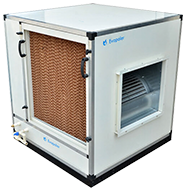

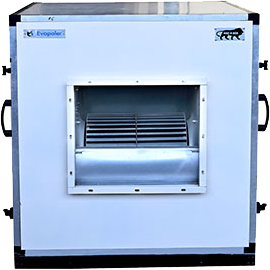
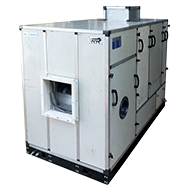
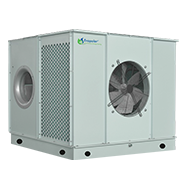
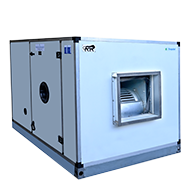
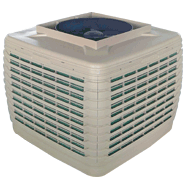


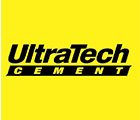

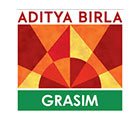

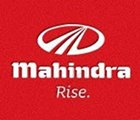


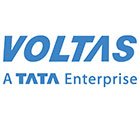
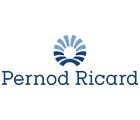


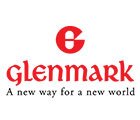
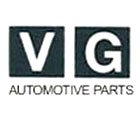

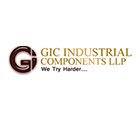



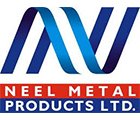
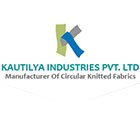
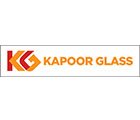
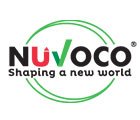

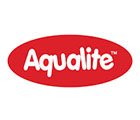
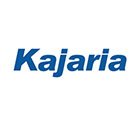

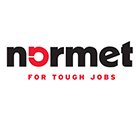


 Download Brochure
Download Brochure  Customer Care
Customer Care